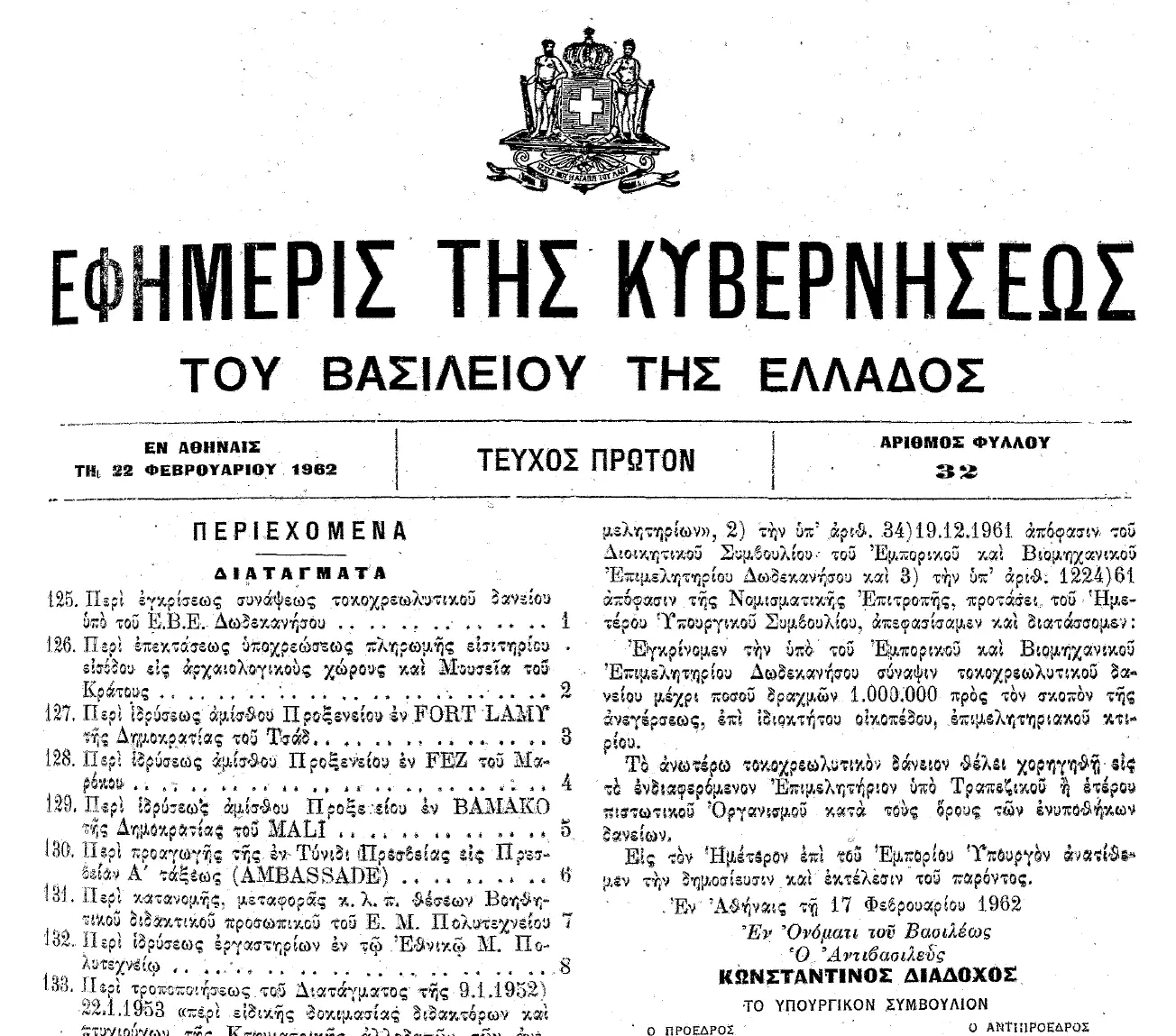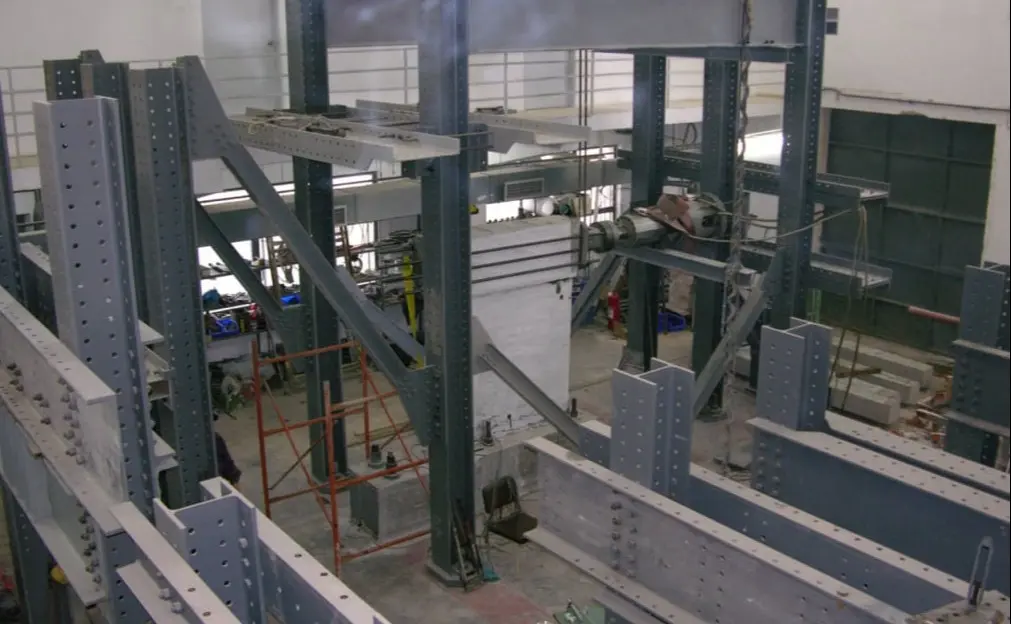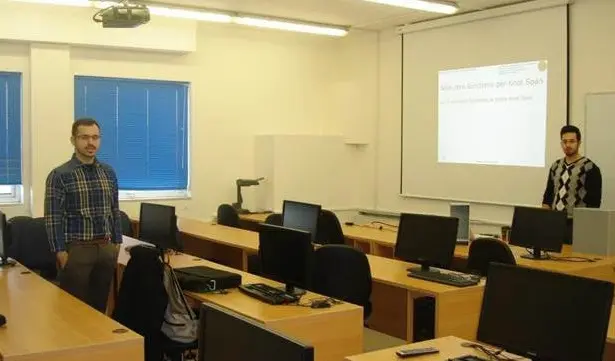The Laboratory of Structural Analysis & Antiseismic Research of the Civil Engineering School is one of the oldest laboratories of NTUA.
It comes from the Chair of "Statics, Iron Structures and Iron-Free Concrete", which was established in 1916 with Nicholas Kitsikis, who was the first elected Professor of NTUA.
The institute operates since 1917 and officially was established with the No. 132 Royal Decree (Official Gazette A’, Sheet No. 32, 02/22/1962).
The Director of the Laboratory is Professor E. Sapountzakis.






